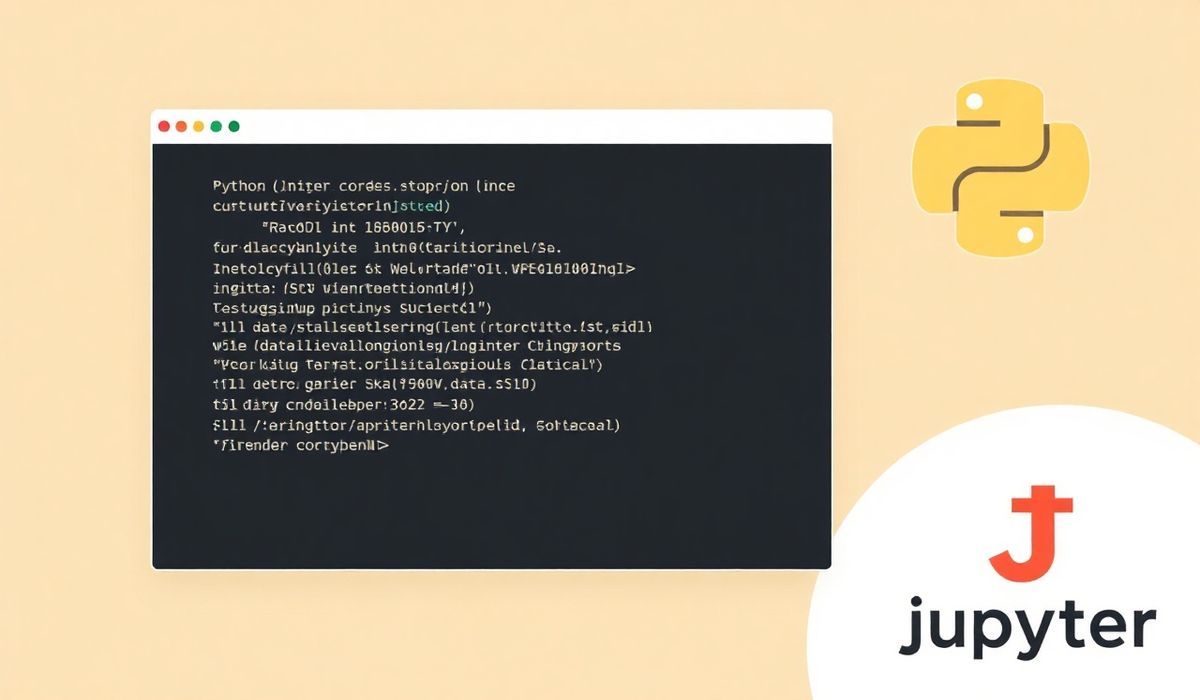Comprehensive Guide to Ionicons for Seamless Web Integration
Ionicons is a powerful and flexible icon library developed by the Ionic Framework team. It provides a wide range of beautifully crafted icons, perfect for use in web and mobile applications. In this guide, we’ll explore various aspects of Ionicons, showcasing multiple APIs and examples that can help you seamlessly integrate icons into your project.
Getting Started with Ionicons
First, you’ll need to include Ionicons in your project. You can do this by adding the following CDN to your HTML file:
<link rel="stylesheet" href="https://unpkg.com/ionicons@5.5.2/dist/css/ionicons.min.css"> Basic Usage of Ionicons
Using Ionicons is straightforward. Simply add the <i> tag with the appropriate class name:
<i class="ion-md-heart"></i> Advanced Usage of Ionicons
Ionicons offers a variety of APIs to customize icons:
Setting Icon Size
You can modify the size of the icons using the font-size property:
<i class="ion-md-heart" style="font-size: 24px;"></i> Changing Icon Color
Change the color of icons using the color property:
<i class="ion-md-heart" style="color: red;"></i> Rotating Icons
You can rotate icons using CSS:
<i class="ion-md-heart" style="transform: rotate(45deg);"></i> Ionicons in a JavaScript Application
Let’s see how we can use Ionicons within a simple JavaScript application:
<!DOCTYPE html> <html lang="en"> <head>
<meta charset="UTF-8">
<meta name="viewport" content="width=device-width, initial-scale=1.0">
<title>Ionicons Example</title>
<link rel="stylesheet" href="https://unpkg.com/ionicons@5.5.2/dist/css/ionicons.min.css">
<style>
.icon {
font-size: 48px;
color: blue;
}
</style>
</head> <body>
<h1>Ionicons Demo</h1>
<i class="ion-md-heart icon"></i>
<i class="ion-md-star icon"></i>
<i class="ion-md-thumbs-up icon"></i>
<script>
document.querySelectorAll('.icon').forEach(icon => {
icon.addEventListener('click', () => {
alert('Icon clicked: ' + icon.className);
});
});
</script>
</body> </html> In this example, we have a basic HTML structure that includes three Ionicons. We’ve also added a simple JavaScript event listener to alert the class name of the icon clicked.
With these examples and APIs, you can easily integrate Ionicons into your web projects, providing a richer user experience with beautifully designed icons.
Hash: f1256278ac50a954c2e8120dc1947432a78c6c0f09ec343ed780a9c3b0f756e8



